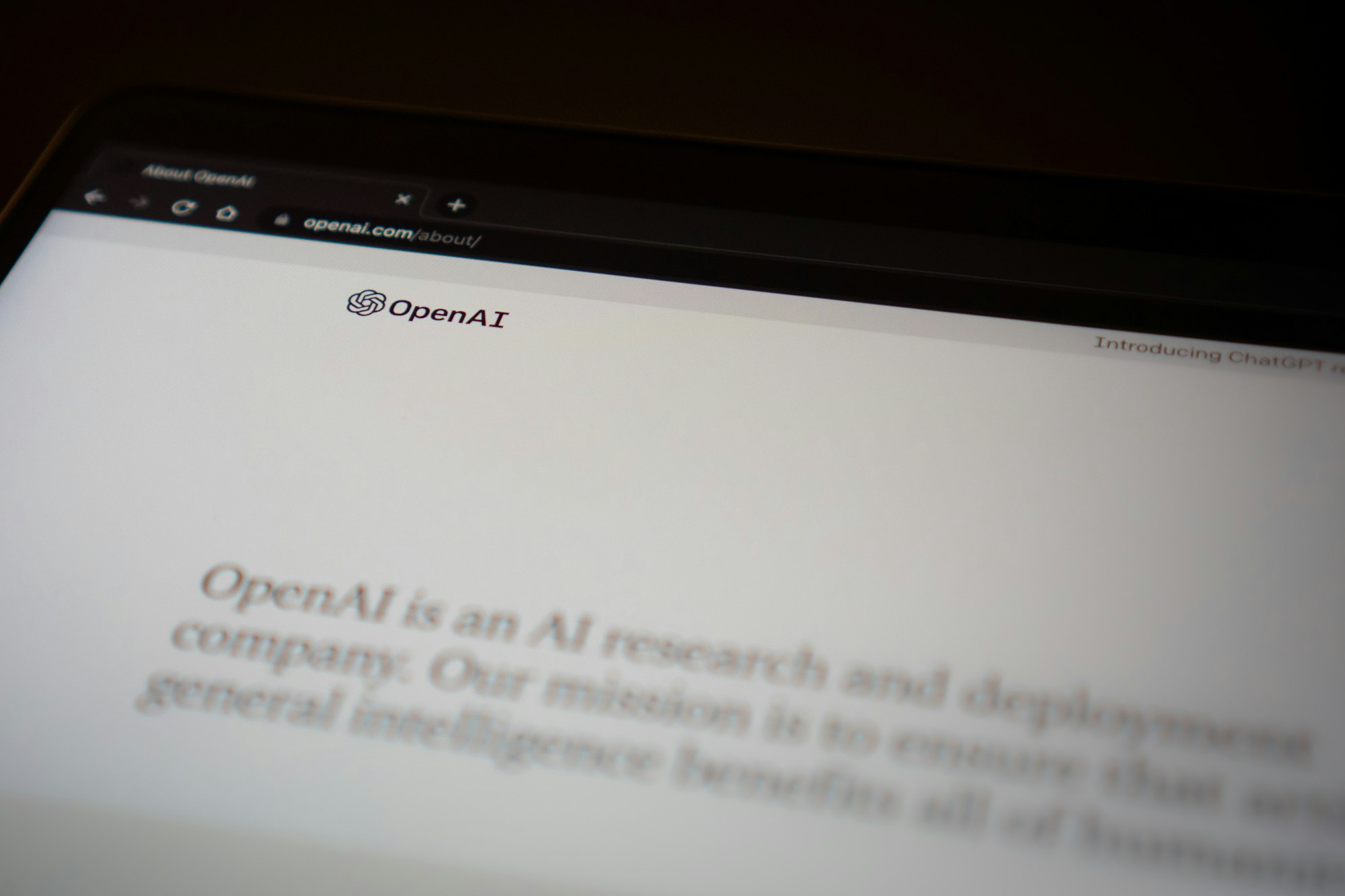Unveiling Sora: OpenAI's Leap into the Future of Video Generation

In the ever-evolving landscape of artificial intelligence, OpenAI's latest innovation, Sora, emerges as a groundbreaking development that promises to redefine the boundaries of video generation technology. As a pioneering text-to-video model, Sora is poised to transform how we create, interact with, and conceptualize digital content. This article delves into the capabilities of Sora, exploring its potential applications and the profound implications it holds for the future of digital media.
Introduction to Sora
Developed by OpenAI, Sora represents a significant advancement in AI-driven content creation. Capable of generating videos from descriptive text prompts, extending videos in time, and animating still images, Sora showcases the remarkable potential of generative AI models. While it remains unreleased to the public as of February 2024, the anticipation surrounding Sora underscores the tech community's eagerness to explore its capabilities.
The Technology Behind Sora
At the heart of Sora lies a sophisticated transformer architecture designed to process spacetime patches of video and image latent codes. This innovative approach enables Sora to produce high-fidelity videos up to a minute long, pushing the envelope of what's possible in video generation. Trained on diverse datasets featuring variable durations, resolutions, and aspect ratios, Sora demonstrates an unparalleled ability to generate realistic and visually compelling videos that closely adhere to user prompts.
Potential Applications and Impact
The implications of Sora for creative industries are vast. From film and animation to marketing and education, Sora offers a new toolkit for content creators to bring their visions to life with unprecedented ease and flexibility. Filmmakers could use Sora to visualize complex scenes before actual production, while marketers could generate engaging content tailored to diverse audiences without the need for extensive video production resources.
Moreover, the integration of Sora with advanced video game engines like Unreal Engine 5 hints at the possibility of creating immersive, interactive 3D experiences. This synergy between AI and gaming technology could lead to new forms of entertainment and virtual exploration, blurring the lines between reality and digital creation.
Ethical Considerations and Challenges
As with any groundbreaking technology, Sora raises important ethical considerations. The ease of generating realistic video content prompts questions about authenticity, copyright, and the potential for misuse. Ensuring that Sora's capabilities are used responsibly will be crucial, necessitating clear guidelines and safeguards to prevent the creation of misleading or harmful content.
The Future of Digital Content Creation
Sora's development marks a pivotal moment in the trajectory of digital content creation. By democratizing access to high-quality video generation tools, Sora has the potential to unleash a wave of creativity and innovation. As OpenAI prepares to release Sora to the public, the anticipation builds for a future where the creation of video content is limited only by the imagination.
Conclusion
OpenAI's Sora stands at the forefront of a new era in digital content creation, offering a glimpse into a future where AI-driven technologies play a central role in shaping our media landscape. As we await its public release, the potential applications and impacts of Sora continue to spark excitement and speculation. In the realm of video generation, Sora represents not just a technological achievement but a beacon of possibility, challenging us to reimagine the limits of creativity and storytelling in the digital age.
